As a business owner, bringing a new software idea to life can be a hassle, especially if you’re new to the process. You don’t want to lag behind, but crafting a tailored, fully functional solution is no small feat, either. This is when you wonder how the custom software development process works and whether it’s worth it.
Simply answered, the process starts with a solid blueprint and includes the expertise of skilled experts to piece everything together. If this sounds tricky, don’t worry. In this blog, we’ll walk you through all the steps of the custom software development process to get you a clear idea of exactly where to begin. Let’s get to it!
What is Custom Software Development?
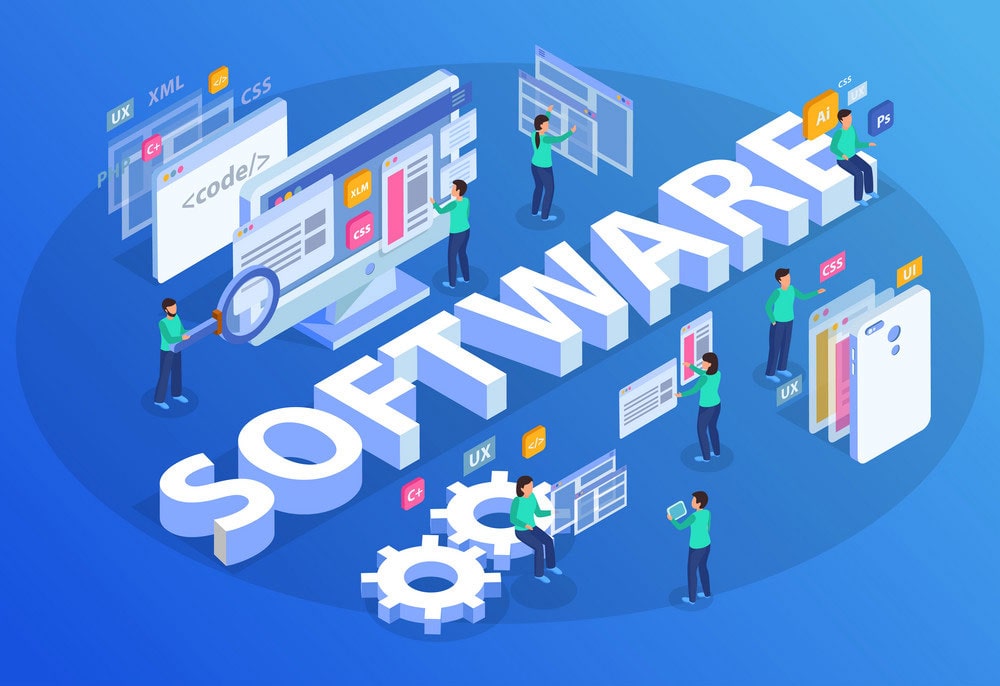
Custom software development is a highly efficient process that refers to creating a software solution made just for your business. Unlike traditional, off-the-shelf solutions, it’s tailored to your unique operations and does exactly what you need to do. This means you no longer have to compromise or adjust to technical limitations, so it’s a win.
Understanding Software Development Life Cycle (SDLC)
When understanding the custom software development process, you’ll likely come across the term ‘software development life cycle.’ Well, it’s a roadmap that breaks the development process into clear, manageable steps, so everything from idea to deployment is executed smoothly. Whether creating a new app or upgrading the existing one, SDLC keeps things on track.
Essentially, the process is divided into steps like planning, designing, coding, testing, and deploying. Each phase has specific goals that converge into the project’s core motive. This systematic approach helps manage risks and adapt to changes without losing sight of your business’s long-term goals.
Stages of Custom Software Development Process
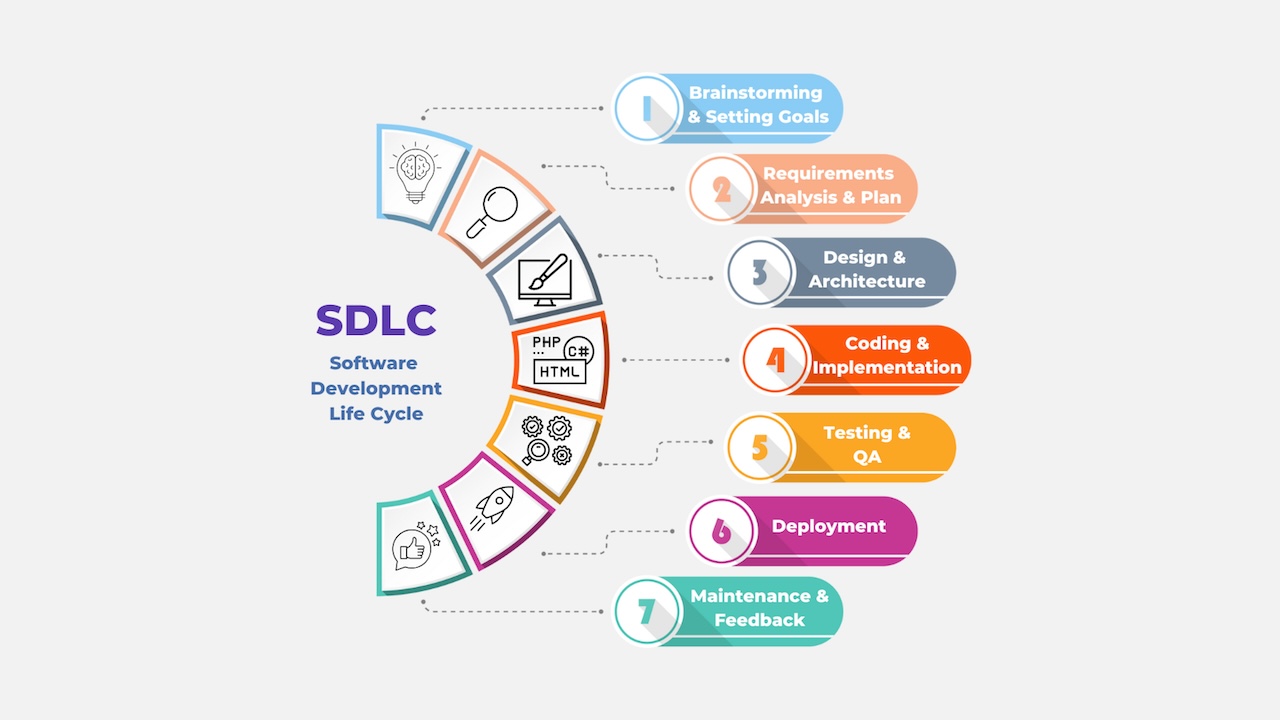
No matter if you’re a business owner, a tech lead, or a team manager, understanding how the custom software development process works can be overwhelming.
Each step serves its own purpose and is designed to take a step forward in your software development journey. To save you the legwork, we’ve put together the key stages of the custom software development process and how to nail them.

Step #1. Idea Generation & Validation
As with everything else, solid custom software begins with a solid idea. More often than not, it stems from a set of problems you wish to address or the desire to stand out. Once you know the problem, ask yourself how the software can help resolve it. Is it simplifying a manual process, improving user experience, or simply filling a market gap?
At this stage, validate your idea to gauge whether it aligns with real-world needs. Ignoring this step leads to startup failure, so it’s reasonable to spend a good amount of time on it. The key activities include gathering data from industry experts, potential users, and stakeholders.
This comprehensive analysis reveals what the true problem is, which in turn gives you an idea of the features you wish to include in your custom software solution.

Step #2. Requirement Analysis & Planning
Once your idea is locked in, the next step of your custom software development process is to map out what the software will be like. This step requires careful requirement analysis and planning. So, it involves closely working with stakeholders, developers, and users to identify their functional and non-functional needs.
You can do this by conducting surveys, workshops, or one-on-one interviews with potential parties involved. The ultimate goal of this step is to thoughtfully craft a document, i.e., a Solution Vision Document, that guides the development process. This realistic plan includes timelines, resources, and technology stacks to achieve the goal.
Remember – the better you plan, the smoother the execution.
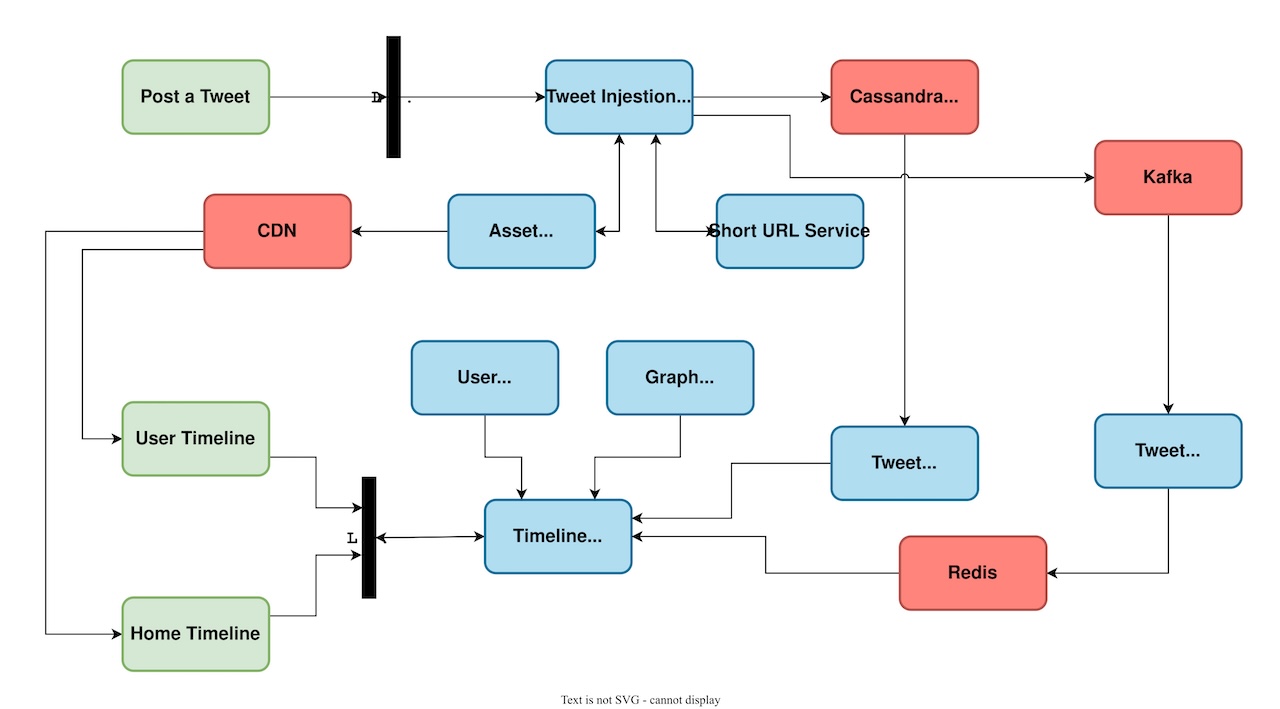
Step #3. System Design
During the design stage, your software concepts step in to guide the custom software development process ahead. Designers and architects focus on translating the requirements outlined in the Solution Vision Document in the second step. It defines how different parts of the software interact, how data will flow, and what the structural design will look like.
Generally, system design is divided into High-level Design (HLD) and Low-level Design (LLD). HLD outlines major modules, their interactions, and the overarching architectures. On the flip side, LLD describes each module’s functions and procedures in detail. This phase also focuses on UI/UX design so the custom software delivers the intuitive results it’s meant for.
By the end of the third phase, you likely have wireframes, prototypes, data flow diagrams, and a solid architecture to start coding with full clarity.

Step #4. Implementation & Programming
Of course, the heart of your custom software development process lies in how well you implement and program it. Guided by design documents, expert developers now start building the software assisted by programming languages chosen earlier. Every function starts to turn the concept into a full-fledged working product.
At this stage, developers follow coding standards and industry practices to ensure the application is clean, efficient, and easy to maintain. The good news is that these clean codes make future updates and troubleshooting a breeze. However, this stage requires all your attention; any minor slip-ups can turn into massive issues down the road.
By the end of stage four, you’ll have the first working version of your software, which requires testing to keep working smoothly.

Step #5. Testing Phase
Before the official deployment, there’s yet another critical stage of the custom software development process: the testing. Technically, this entails a thorough check-up to ensure everything works exactly as it should. This helps you catch any bugs, glitches, or performance hiccups early on. This phase is about ensuring the software delivers a bump-free experience to users.
It uses both automated tools and manual testing, so no stone is left unturned. From unit testing and integration testing to stress testing, it covers all bases. The goal is to deliver a bug-free product that lives up to expectations and meets the business’s needs perfectly. Without adequate testing, you’re likely to run into multiple operational issues in the long run.
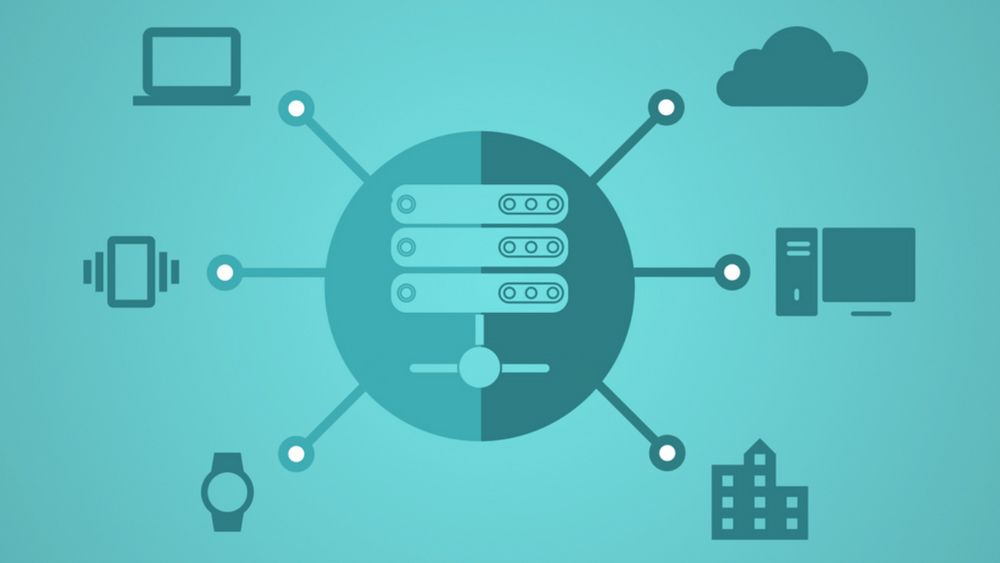
Step #6. Deployment
After extensive testing and approval, it’s time for the software to officially go live. This is when developers take the leap and launch the software into the real world, making it accessible to users. While this phase might seem simpler, it takes careful planning and a bunch of combined activities to launch a fully functional, live software solution.
Whether it’s a full launch or a phased approach, deployment involves making them accessible and easy for users. To ensure efficient deployment during the custom software development process, follow these steps carefully:
- Transferring data from existing systems to new software without any bumps
- Providing documentation for future use, including tutorials and troubleshooting guides
- Keeping a strict eye out for post-launch performance to fix errors timely
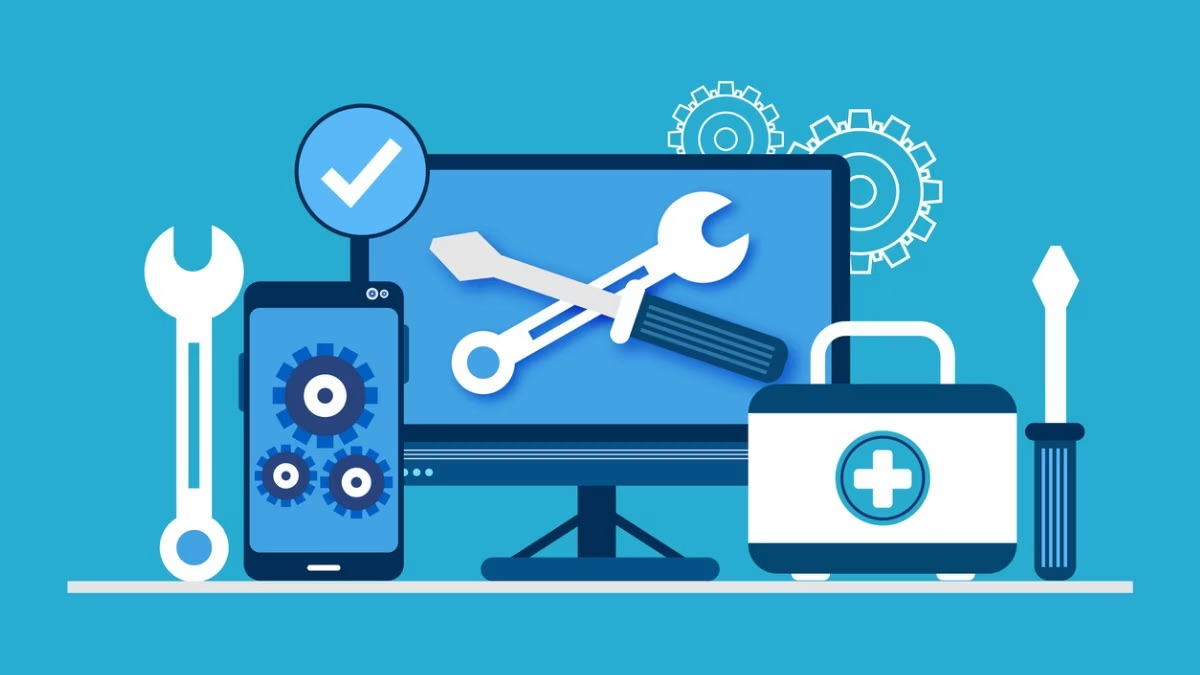
Step #7. Maintenance & Support
The custom software development process doesn’t end after deployment. The final step, i.e., maintenance and support, ensures the newly developed, fully customized software stays up-to-date, functional, and aligned with needs.
During this phase, developers address any issues that might pop up post-launch, including fixing bugs, adding the latest updates, or improving performance.
Tips to Build Custom Software With Maximum Efficiency
Besides sticking to the standard custom software development process, a lot more goes into ensuring your final product delivers the desired user experience. Here’s a rundown of tips to build software while offering maximum efficiency:
- Define Requirements Beforehand
Take your time to identify the market gaps and understand the exact problem stakeholders wish to resolve. Document everything clearly from the get-go to avoid any misunderstandings.
- Choose an Expert Development Partner
Always opt for an expert custom software provider to develop your desired product. Consider their expertise and market standings to gauge their expertise before teaming up.
- Carry Out Continous Testing
To avoid bigger issues, keep testing the software periodically to ensure the code is working well. Continuous testing ensures you fix issues well before they escalate.
- Prioritize Documentation
Finally, have clear, up-to-date documentation for the software’s architecture, design, interfaces, and codes to ensure everyone stays on track.
FAQs
1. How long does it take to develop custom software?
While there’s no set-in-stone timeline, on average, the custom software development process projects take around 4-9 months to complete. However, the timeline largely depends on factors like the project’s complexity and its size.
2. How is the custom software development process different from other development processes?
The basic difference between traditional and custom software development is that the latter is designed to meet specific individual or business needs. Instead of following a generic approach, its features perfectly align with the client’s objectives.
3. What is the deployment method of your application?
Application or software deployment refers to the process of installing, configuring, and making the software available to use. It includes sufficient planning and execution to move the project to a live environment.
Conclusion
Although the custom software development process requires quite some effort, it’s not as tough as it seems. Simply follow the steps properly to ensure the final product meets your business’s objectives and lives up to the user's expectations.
Ready to develop the ultimate custom software for your business? Book a free consultation with CodeBudee and let our experts get to work already!


